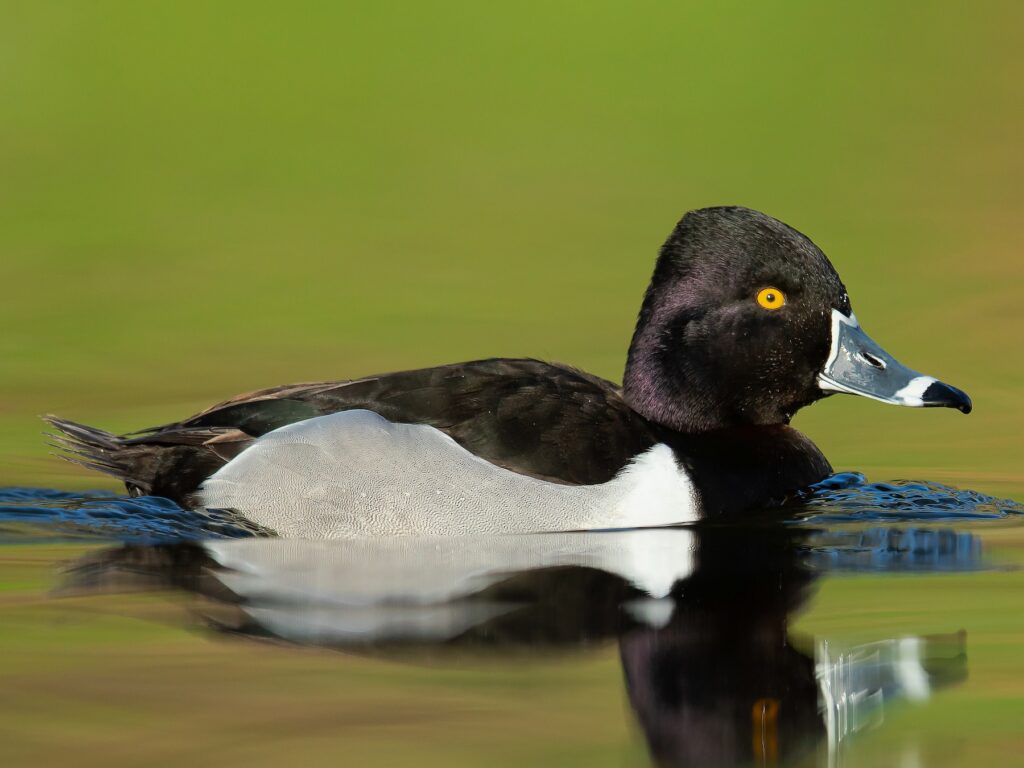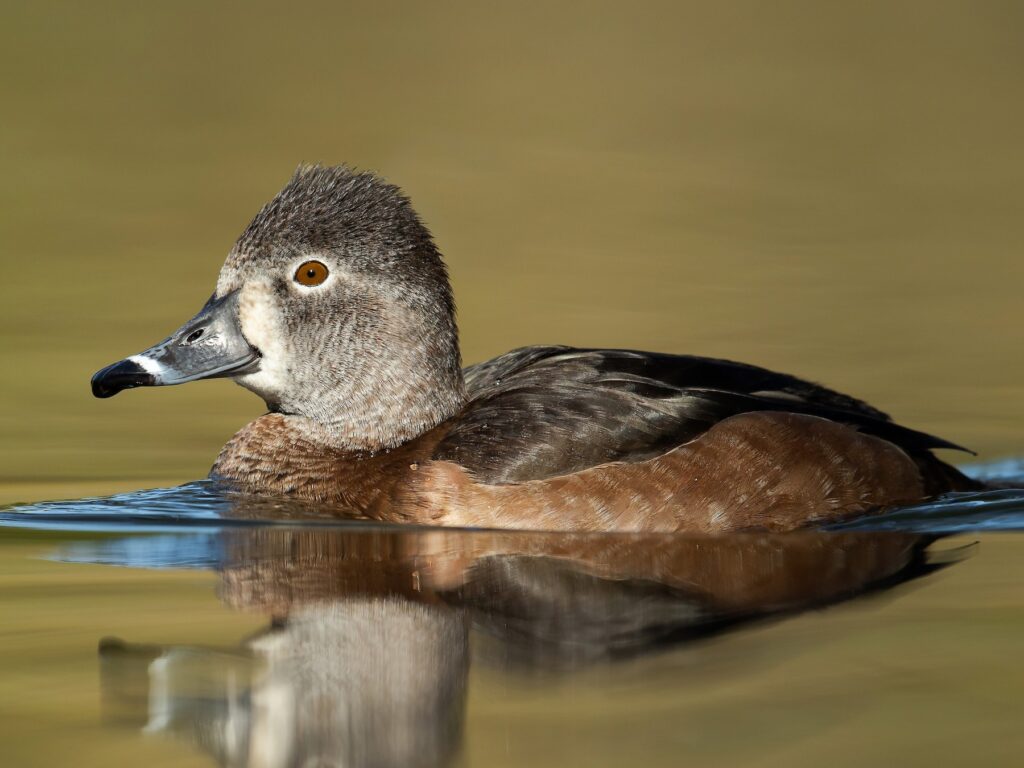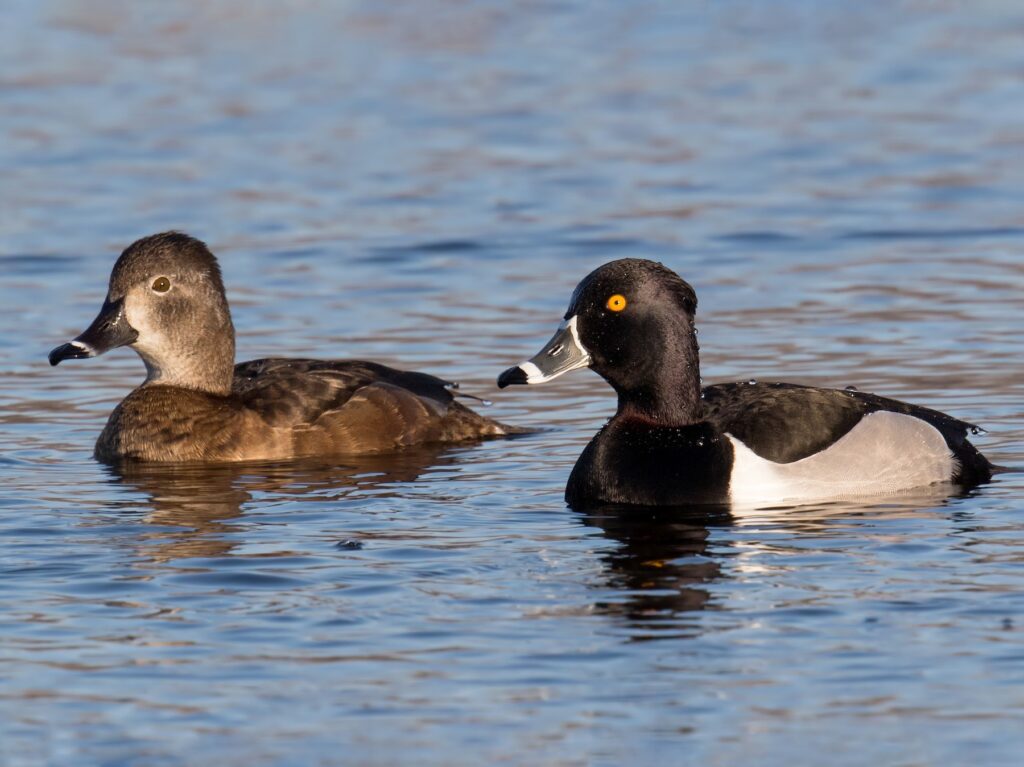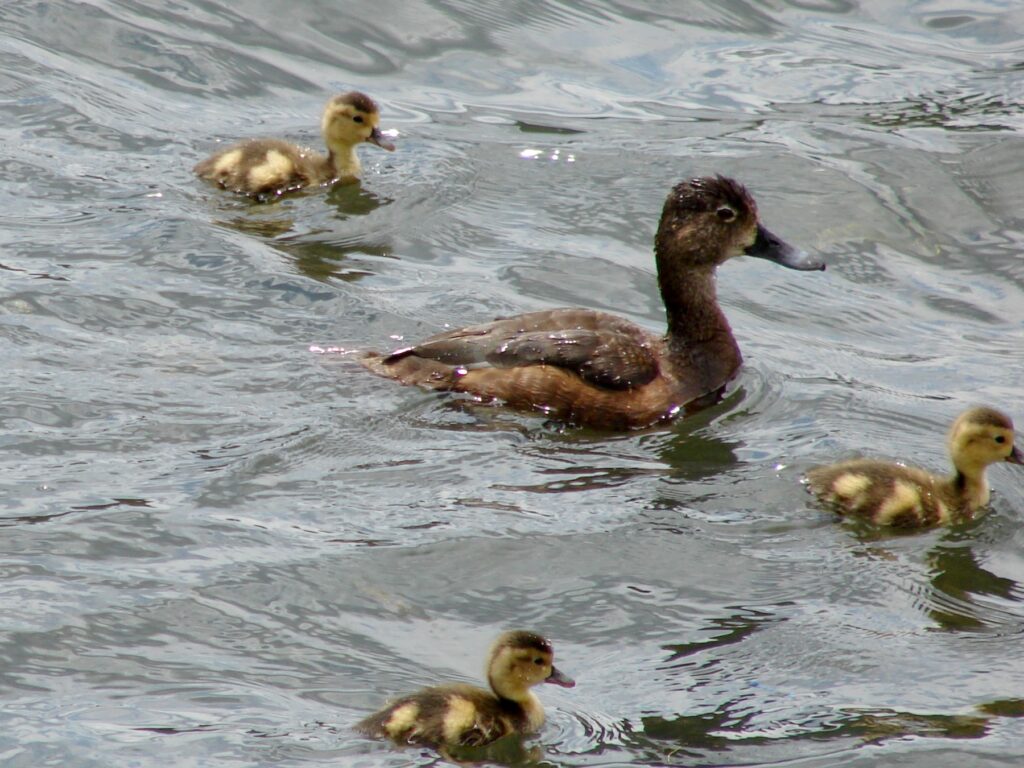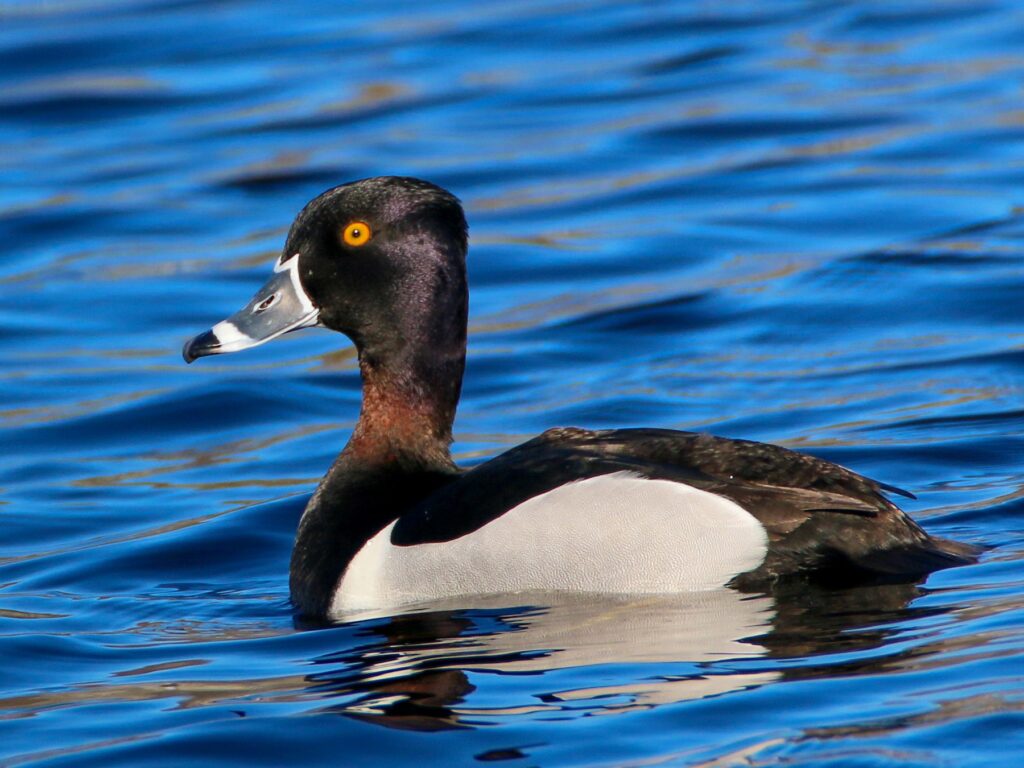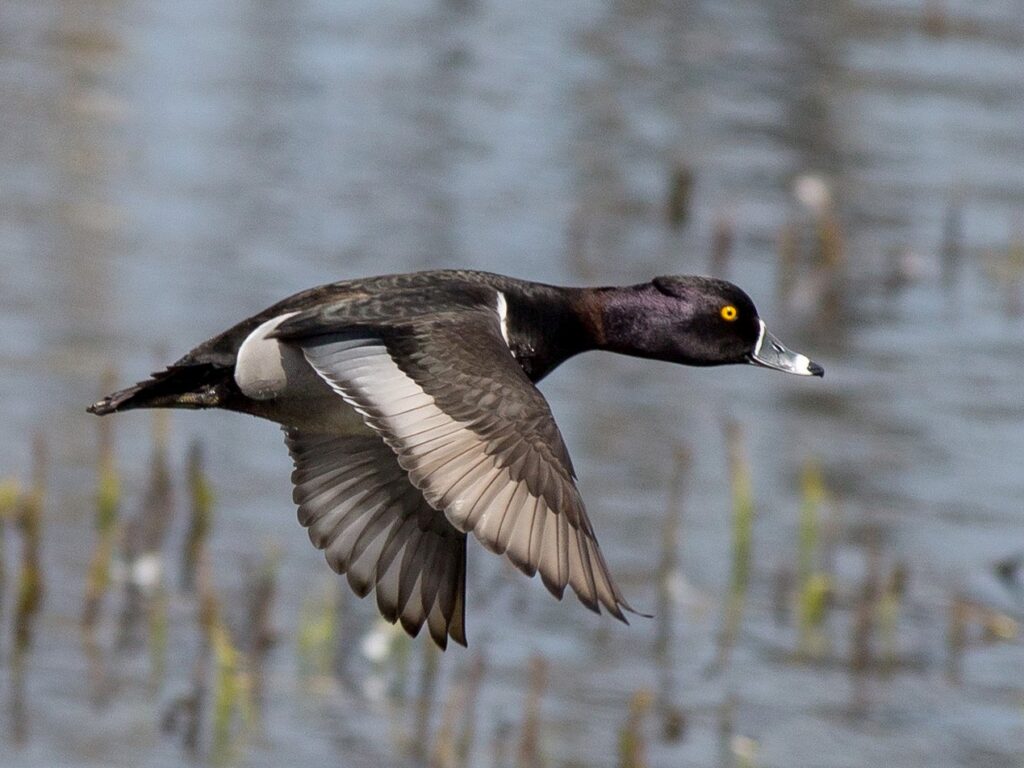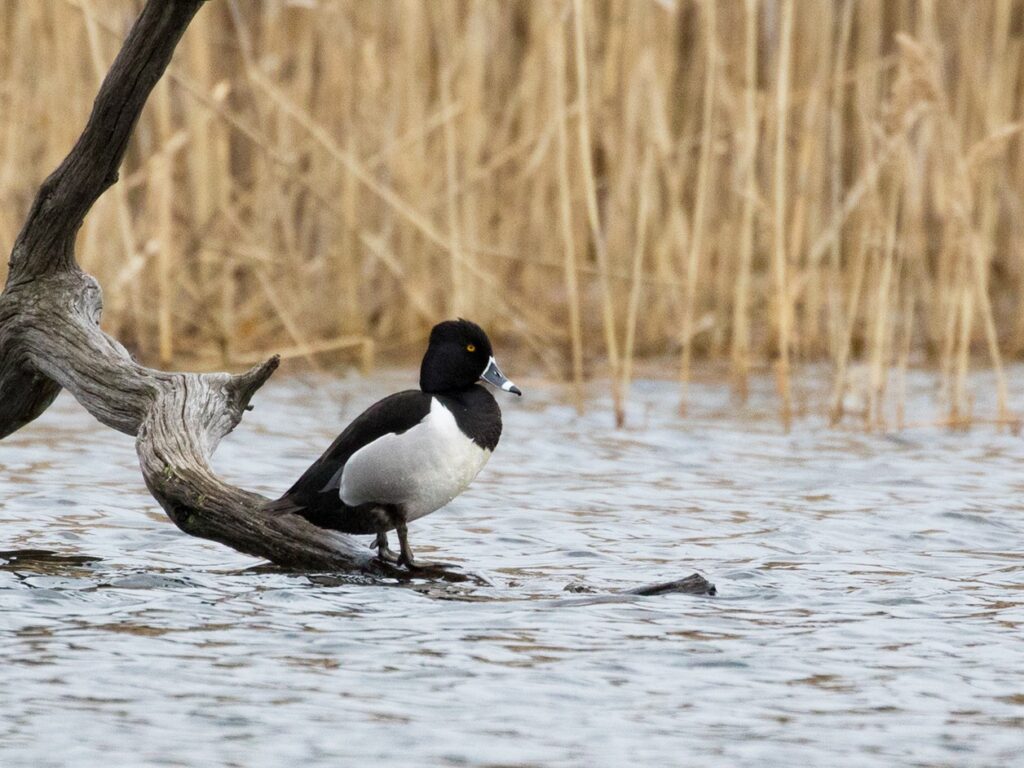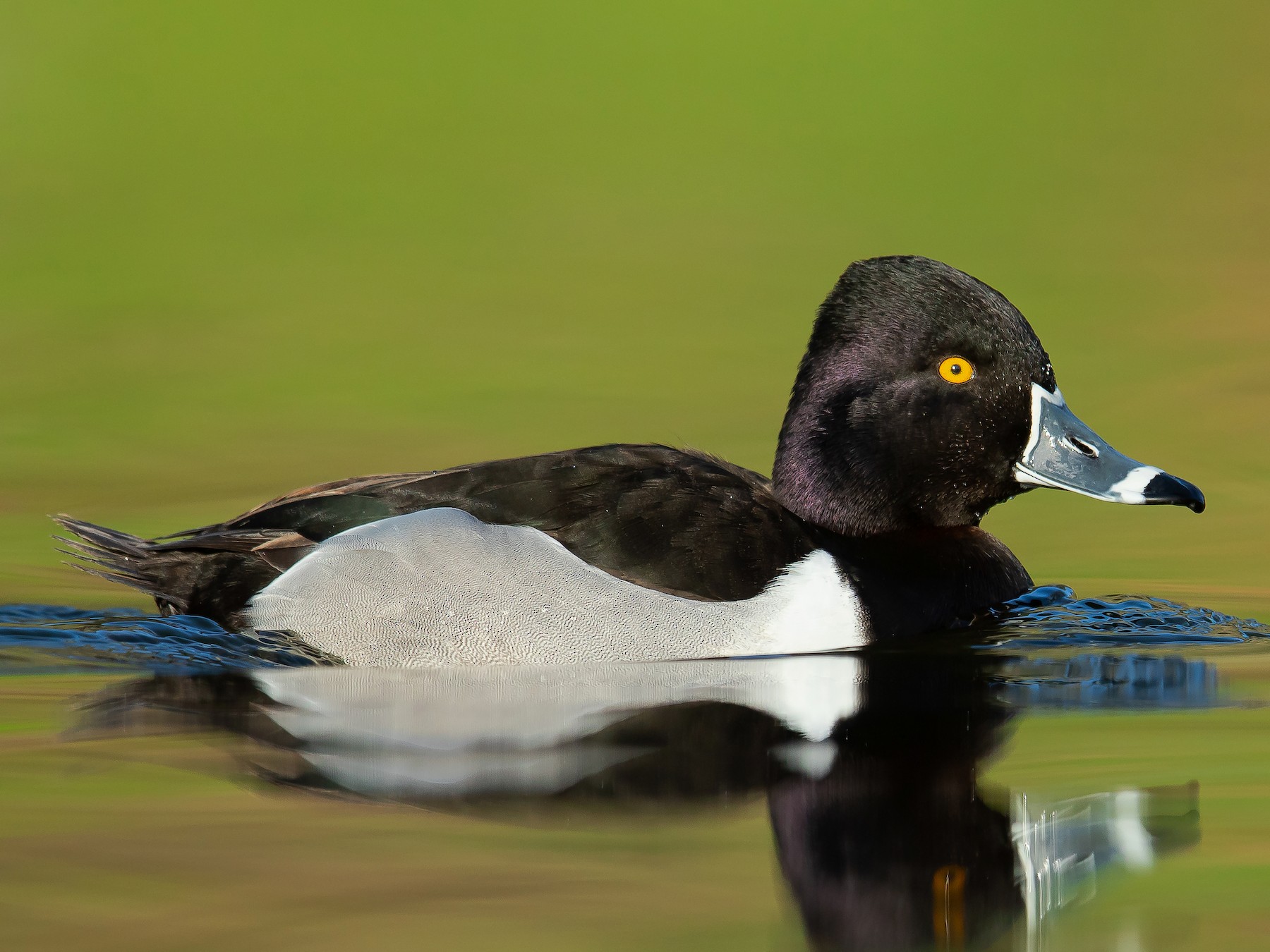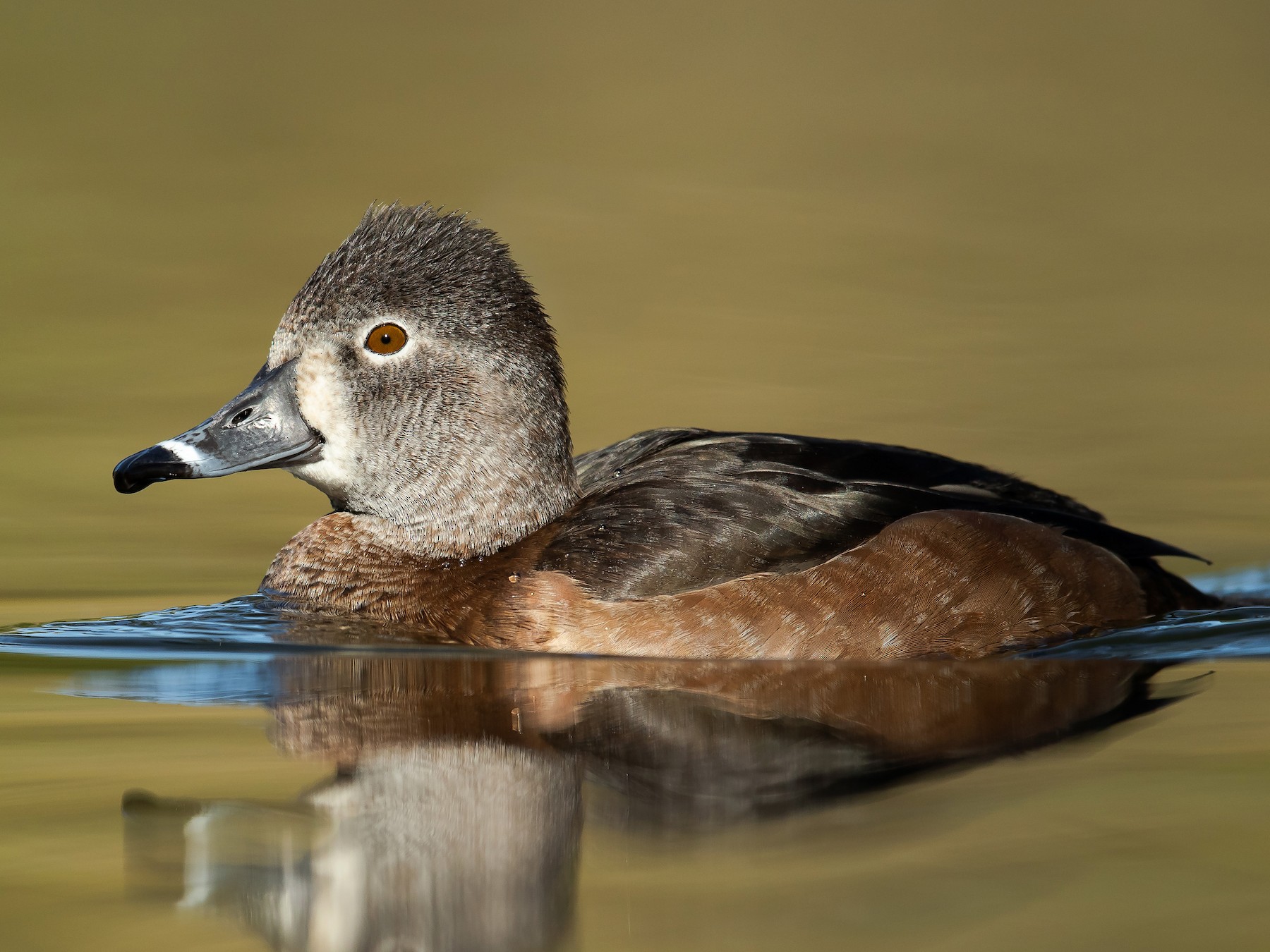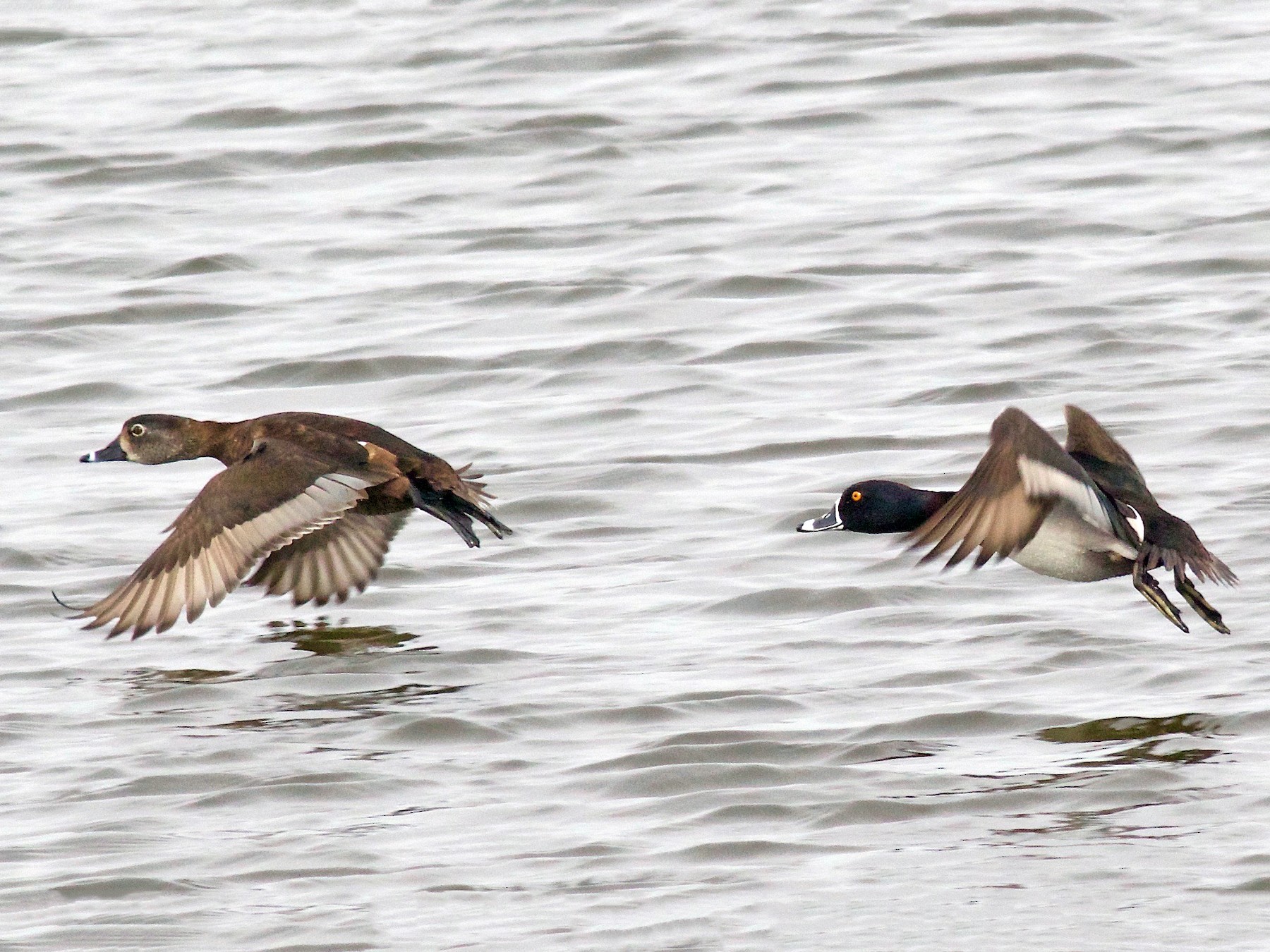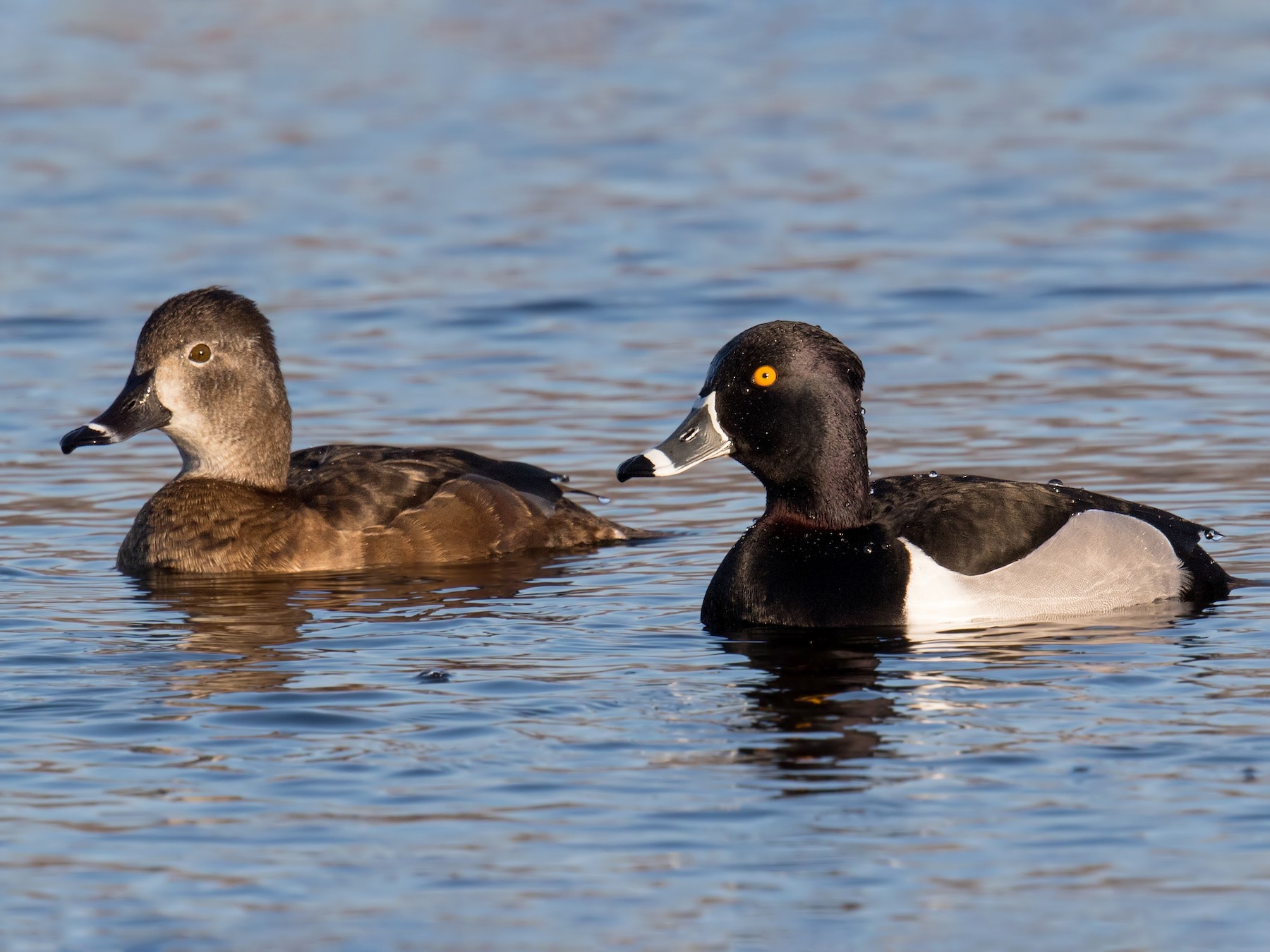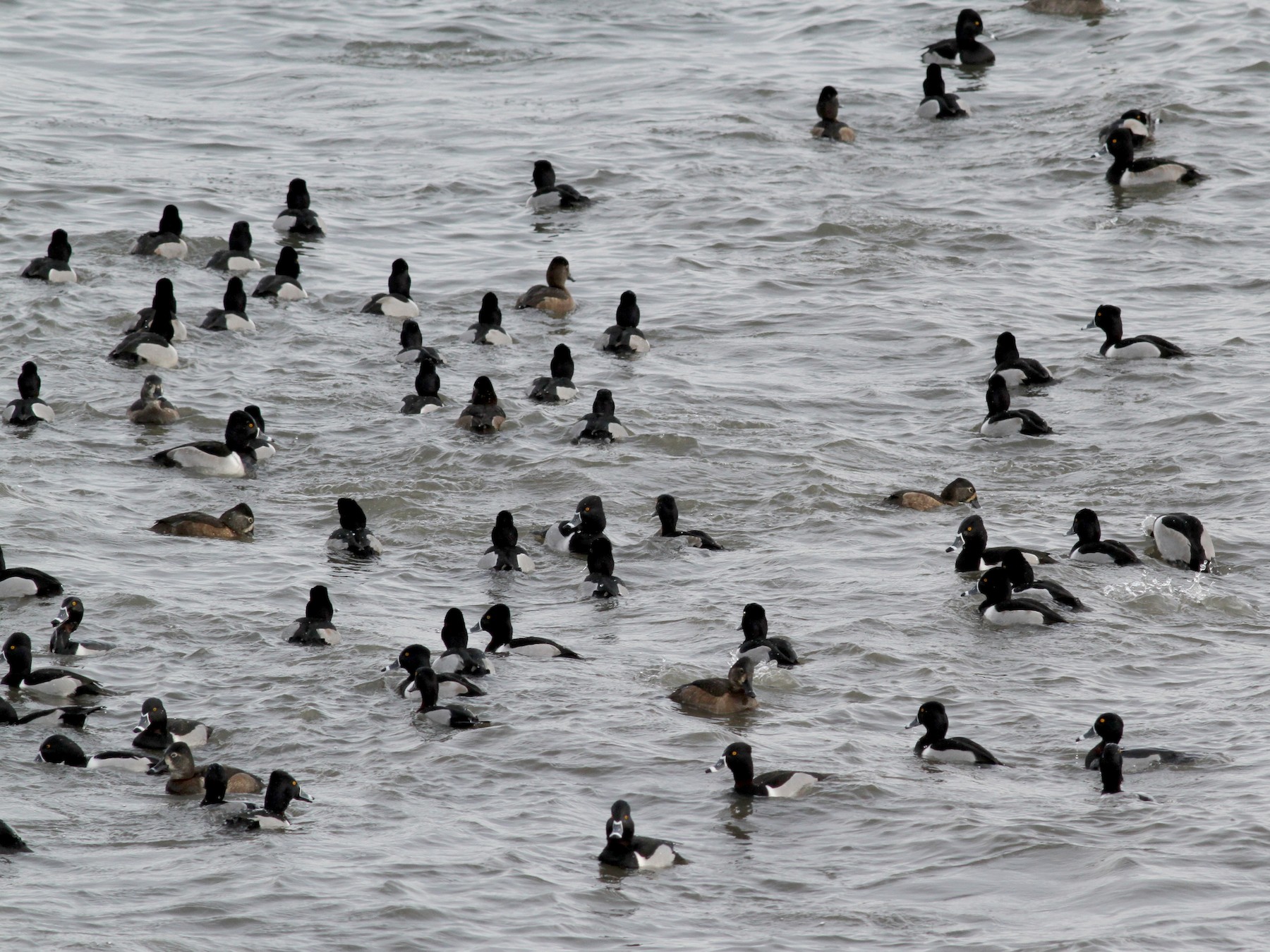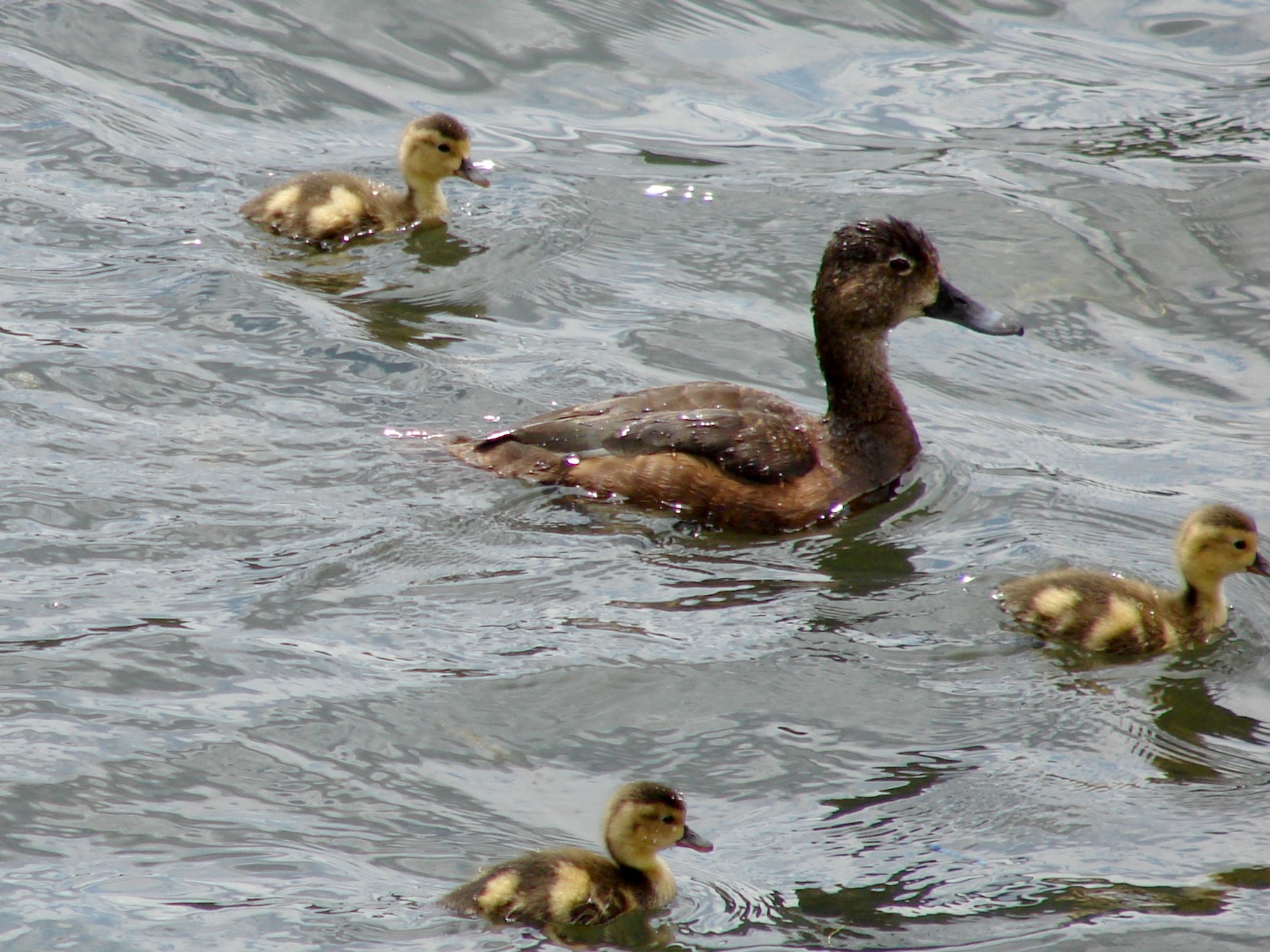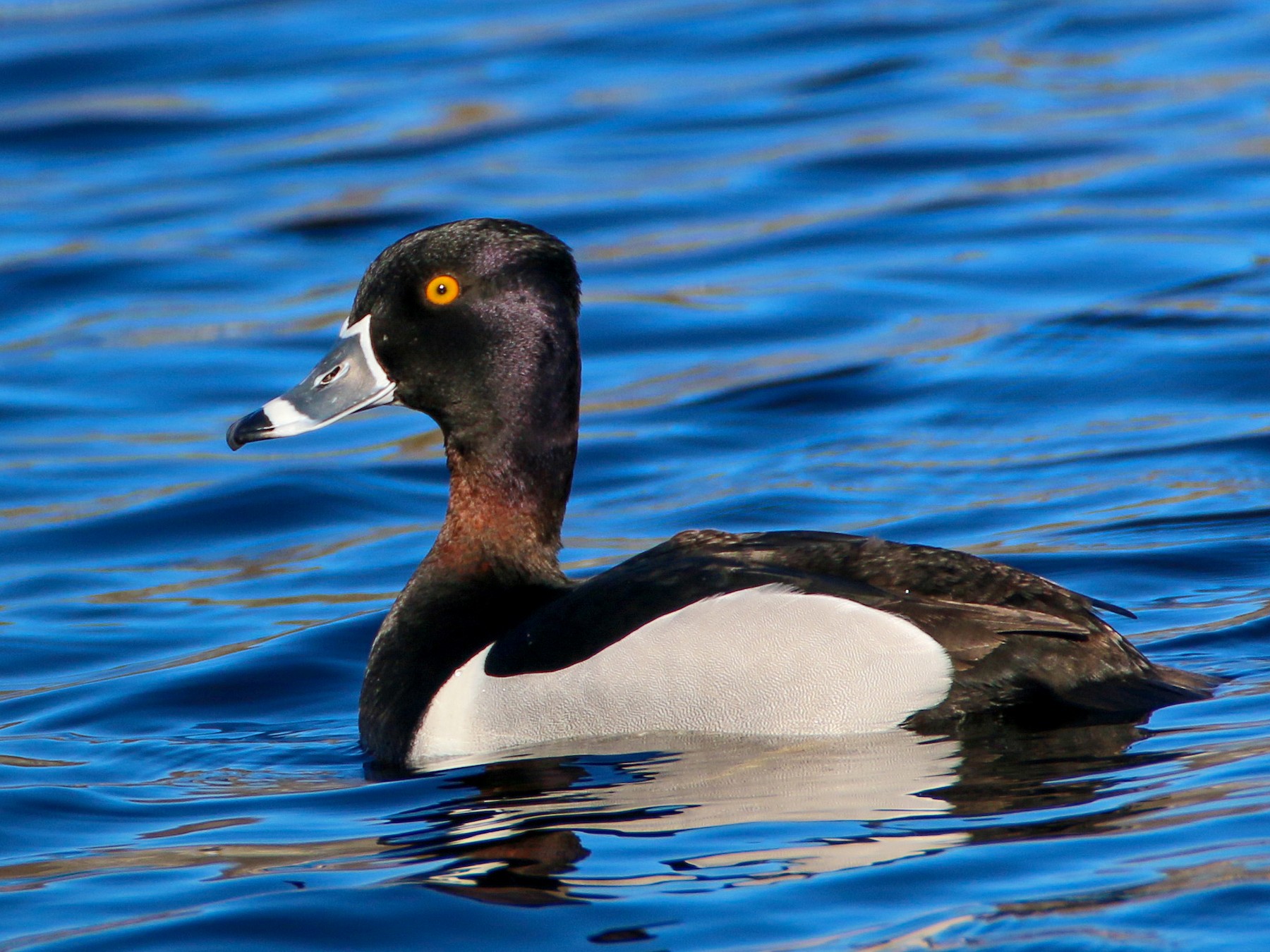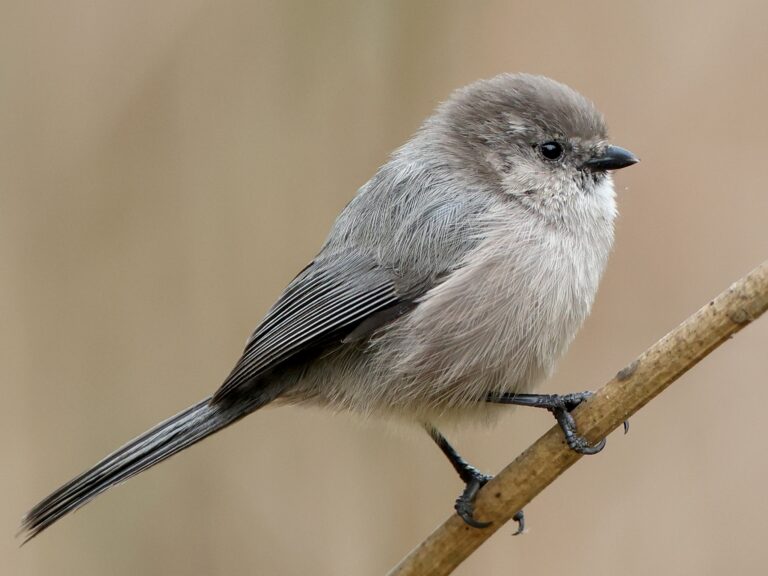Ring-necked Duck: A Journey into the Life and Habitats of This Unique Waterfowl
The Ring-necked Duck stands out for its striking looks and quirky behaviors. You’ll spot them in all sorts of wetland habitats across North America, from wild marshes to city ponds. Their bold features make them a favorite for birdwatchers, especially during migration or nesting season. If you’ve ever seen one, you know they’re not just another duck in the crowd.
These ducks do more than just look pretty. Their feeding, mating, and social habits are genuinely fascinating. Breeding season brings out the best in the males—their plumage turns vibrant as they try to impress the females. Watching them can be a real treat if you’re into birds.
Key Takeaways
- Ring-necked Ducks are easy to spot thanks to their distinct markings.
- They make themselves at home in everything from wild lakes to city ponds.
- Breeding behavior reveals a lot about their place in wetland ecosystems.
Sign Up for Our Monthly Newsletter
Every month we send out our newsletter about interesting (and sometimes quirky) things happening in the world of birding. Give it a try!
Taxonomy and Identification
The Ring-necked Duck belongs to the genus Aythya. Its scientific classification and bold physical traits make it stand out in the duck world. Birders and researchers appreciate knowing these details. It helps with identification and understanding their place in the waterfowl family tree.
Scientific Classification
The official name is Aythya collaris. They’re part of the Anatidae family, right alongside ducks and geese. They fall under the order Anseriformes, which pretty much covers all your classic waterfowl.
Physical Characteristics
Ring-necked Ducks are medium-sized divers. That white neck ring is their namesake, though it’s not always easy to see. Males show off a glossy black head and a grayish body. Females look more subtle—mostly brown, blending in nicely with their surroundings.
Their bills are flat and broad, perfect for grabbing food underwater. Those bright yellow eyes? They really pop against the dark feathers. They usually measure somewhere between 14 and 19 inches long, so not the biggest ducks out there, but not tiny either.
Male and Female Differences
There’s a clear difference between the sexes. Males, or drakes, have the sharp black-and-white look, while females, or hens, stick to browns and grays. Drakes really shine during breeding season. Hens, though, keep their muted colors year-round for better camouflage.
These color differences help with both attracting mates and staying hidden from predators. If you want to dig deeper into their behavior and habitats, there’s plenty of waterfowl ecology research out there.
Habitat and Distribution
Ring-necked Ducks do best in habitats that offer both open water and good cover. They need spots with enough food and safety for nesting. Where they live shapes where you’ll find them across the continent.
Preferred Environments
They’re big fans of shallow freshwater lakes, wetlands, and ponds. These places provide all the aquatic plants, seeds, and small critters they like to eat.
Dense vegetation along the edges gives them cover from predators and a safe place to nest. The best habitats mix open water with marshy, plant-filled areas. During breeding season, wetlands with thick plant life matter even more. These spots give them the resources to survive and raise young.
Geographic Range
You’ll find Ring-necked Ducks all over North America. They mostly breed in the northern U.S. and Canada, especially in the Prairie Pothole Region. This region is loaded with small lakes—ideal for nesting. When it’s time to migrate, they head south to places like the southern U.S., and sometimes even farther.
Winter homes include coastal bays and big reservoirs. Their knack for adapting to different water bodies lets them handle a wide range of climates. If you’re curious about their migration, check out this spring migration study.
Behavior and Ecology
Ring-necked Ducks have some pretty cool behaviors. Their eating habits and diving skills help them survive in wetlands.
Feeding Habits
These ducks mostly eat plants—sedges, wild rice, that sort of thing. Their diet gives them the nutrients needed for breeding and growing. They’ll also eat seeds and invertebrates when they can find them. This flexibility helps them adjust to new places and seasons.
When food is plentiful, they sometimes gather in big flocks to feed. Their main move is diving under the water to snag submerged plants. This diving behavior is key, especially when there’s competition for food. They’re not above getting their feathers wet for a meal.
Diving Duck Adaptations
Ring-necked Ducks have bodies built for diving—strong, compact, with long, pointed wings for quick movement. They manage buoyancy well, trapping air in their feathers to control depth and speed. This makes them efficient underwater foragers.
Sharp vision helps them spot food even in murky water. Their streamlined bodies cut through the water with minimal resistance, making them agile hunters below the surface. All these traits let them take advantage of different habitats and food sources. If you want to read more about how they feed, there’s a good study here.
Breeding and Reproduction
Breeding season brings out some of the most interesting behaviors in Ring-necked Ducks. Their nesting and parenting styles are all about giving the next generation a fighting chance.
Breeding Season
They usually breed from late March through early July, though the timing shifts depending on where they are. Up north, they tend to get started sooner thanks to longer days.
Males put on a show—head bobbing, vocal calls, all aimed at impressing the females. Once a female picks her mate, they stick together for the season. Pairs pick wetlands or ponds with thick vegetation to build their nests. That extra cover helps keep eggs safe from predators.
Nesting and Raising Young
The female handles the nest-building, usually in dense plants close to water. She lays about 7 to 12 eggs and incubates them for roughly 28 days. Camouflage is a big deal—she’ll often leave the nest to avoid drawing attention. When the ducklings hatch, they’re ready to swim and feed themselves almost right away.
Mom leads them to water and shows them the ropes. Early independence helps them dodge predators and deal with tough conditions. Not all ducklings make it, thanks to predators and habitat loss. Those first weeks are tough, and only the lucky or strong survive. If you want more on their nesting success, see this nest survival study.
Frequently Asked Questions
People have plenty of questions about Ring-necked Ducks—their looks, habits, and how to spot them. Here are some quick answers to the most common ones.
What distinguishes the Ring-necked Duck from the Scaup species?
Ring-necked Ducks stand out with a chestnut neck ring on males and a dark head. Females have a brown body and a lighter cheek patch. Scaup species don’t have that neck ring and their coloring is different. It’s a handy way to tell them apart in the field.
Where are the typical habitats of the Ring-necked Duck found?
They usually pick freshwater spots—ponds, lakes, and marshes. Places with lots of aquatic plants are their favorites, since that’s where they find food and cover. Shallow water is best for foraging and nesting, so look there first if you’re searching for them.
What is the geographic range of the Ring-necked Duck?
Mostly, they stick to North America. In winter, they head south to the southern U.S. and even parts of Mexico. When breeding season rolls around, they return to northern areas—think Canada and Alaska.
How can one identify a female Ring-necked Duck?
Female Ring-necked Ducks wear mottled brown feathers. A light patch on the face and a darker crown help them blend in, making them tricky to spot unless you know what to look for.
Are there any distinct behaviors that differentiate Ring-necked Ducks from other ducks in terms of feeding or diving?
They’re pretty skilled divers. Ring-necked Ducks dive deep and fast to grab underwater plants and small critters. Unlike dabbling ducks, they spend more time under the surface and really work for their meals.
What are common alternate names for the Ring-necked Duck?
People sometimes call the Ring-necked Duck the “ring-billed duck.” That nickname highlights the duck’s distinctive neck ring. Some areas might use other names, but honestly, you won’t hear them as often.

